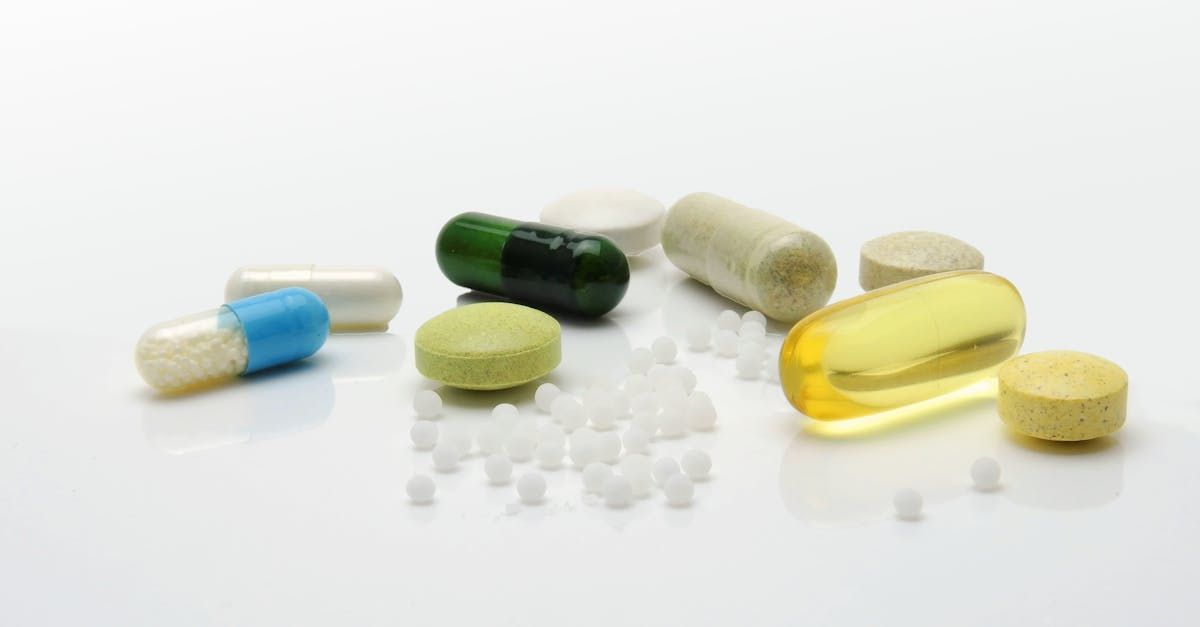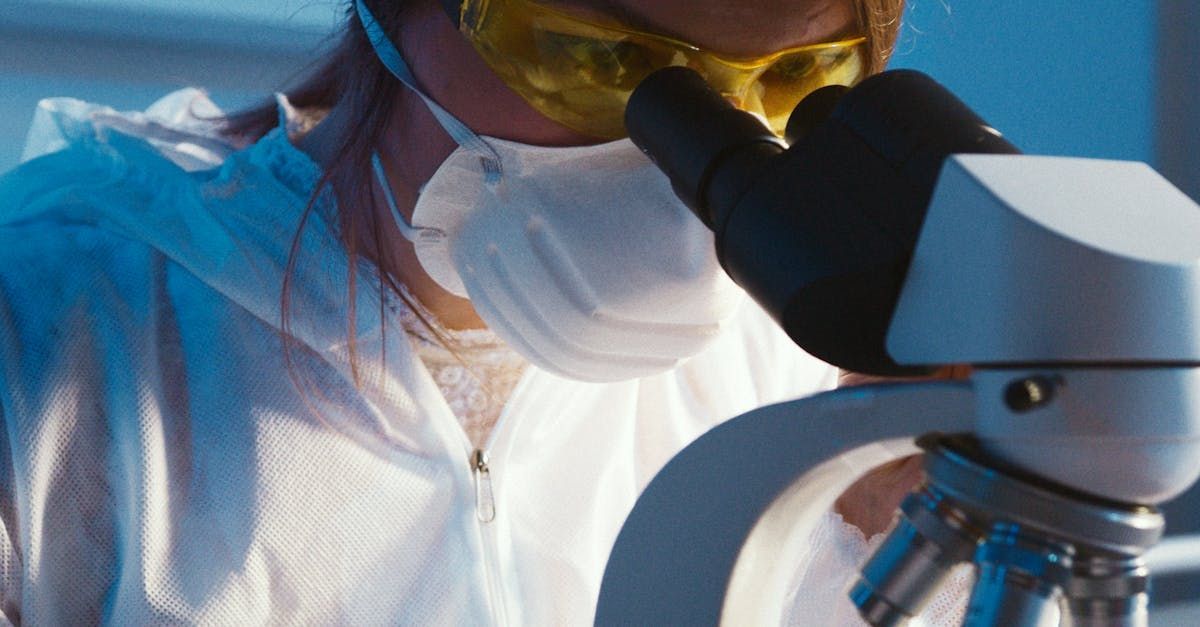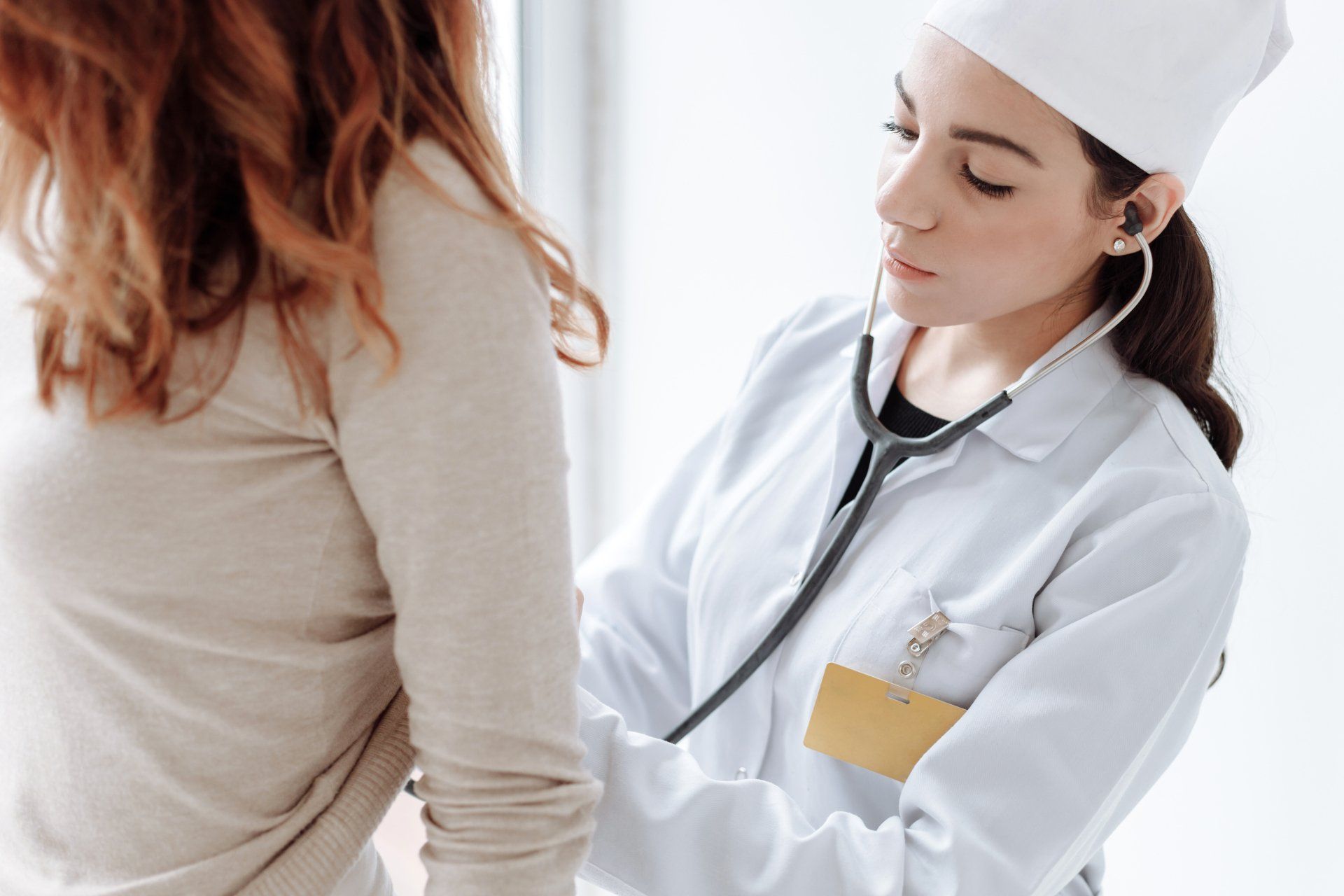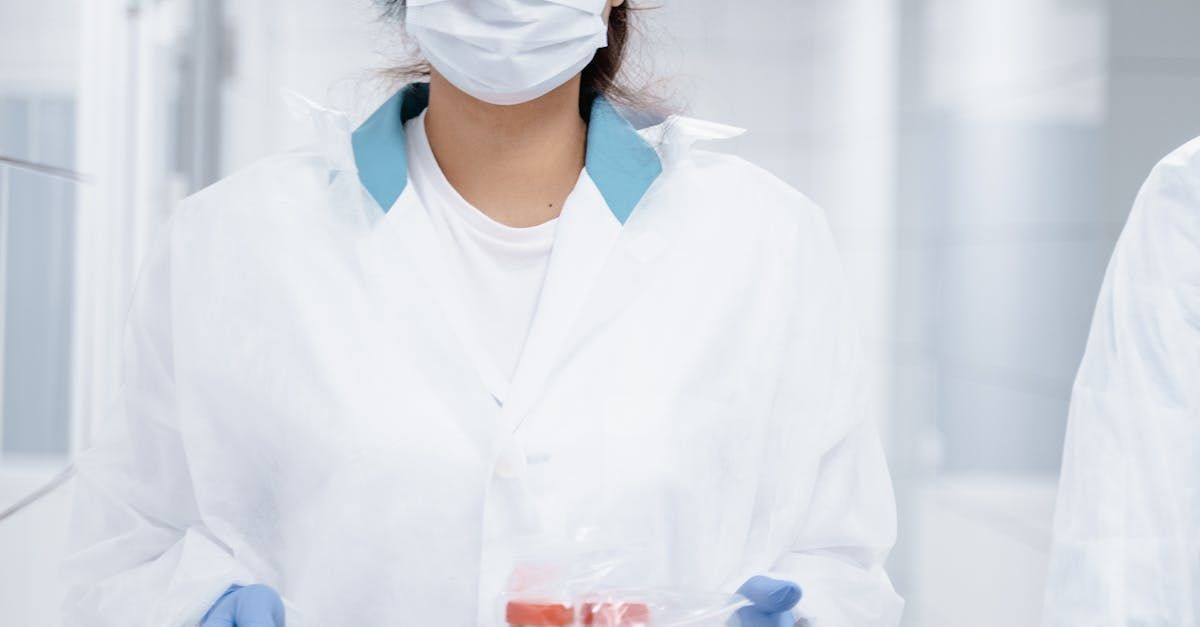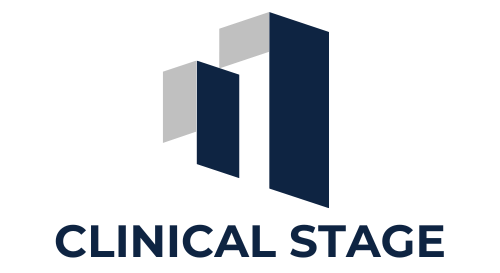The Role of Pharmacovigilance in Clinical Trials
Pharmacovigilance, the science and activities involved in the detection, assessment, understanding, and prevention of adverse effects or other drug-related problems, is a critical aspect of the pharmaceutical industry. It plays an indispensable role in ensuring the safety and efficacy of medications. As drugs are developed, tested, and brought to market, pharmacovigilance helps identify, quantify, and manage potential risks associated with their use. The importance of pharmacovigilance extends beyond the clinical trial phase, as it is crucial for the ongoing monitoring of drugs in the post-market phase. This blog delves into the various facets of pharmacovigilance, particularly within the context of clinical trials, exploring its significance, processes, and future directions.
Understanding Pharmacovigilance
Pharmacovigilance can be broadly defined as the science and activities related to the detection, assessment, understanding, and prevention of adverse effects or any other drug-related problem. Its primary aim is to ensure that medicines are safe and effective, protecting public health by minimizing the risks associated with pharmaceutical products.
Historical Context and Evolution
The practice of pharmacovigilance has evolved significantly over the decades, shaped by historical events that highlighted the need for robust drug safety monitoring systems. One of the most significant milestones in the history of pharmacovigilance was the thalidomide tragedy in the 1960s. Thalidomide, a drug prescribed to pregnant women for morning sickness, was found to cause severe birth defects. This tragedy underscored the necessity of rigorous safety monitoring for drugs, leading to the establishment of pharmacovigilance systems and regulatory frameworks worldwide.
Regulatory Requirements and Guidelines
Regulatory bodies play a crucial role in setting standards for pharmacovigilance practices. Internationally, the World Health Organization (WHO) and the International Council for Harmonisation of Technical Requirements for Pharmaceuticals for Human Use (ICH) provide guidelines that harmonize pharmacovigilance activities across different regions. National agencies, such as the U.S. Food and Drug Administration (FDA) and the European Medicines Agency (EMA), enforce these guidelines and have specific requirements for adverse event reporting, risk management, and signal detection. These regulations ensure that pharmaceutical companies maintain high standards of drug safety monitoring throughout the lifecycle of a product.
Key Activities in Pharmacovigilance
The core activities of pharmacovigilance encompass adverse event reporting and monitoring, risk assessment and management, and signal detection and evaluation. These activities are essential for identifying and mitigating risks associated with pharmaceutical products.
Adverse Event Reporting and Monitoring
Adverse event reporting is the cornerstone of pharmacovigilance. It involves the systematic collection, analysis, and reporting of adverse drug reactions (ADRs) and other safety concerns. ADRs are any undesirable experiences associated with the use of a medical product in a patient. These can range from mild side effects to severe, life-threatening reactions.
Healthcare professionals, patients, and pharmaceutical companies are all responsible for reporting adverse events. Healthcare professionals often submit reports to regulatory authorities or directly to the pharmaceutical company. Patients can also report adverse events through various channels, including online portals provided by regulatory agencies. Pharmaceutical companies are required to collect and analyze these reports, submitting periodic safety update reports (PSURs) to regulatory bodies. These reports provide a comprehensive overview of the drug's safety profile and any emerging safety concerns.
Risk Assessment and Management
Risk assessment and management are critical components of pharmacovigilance. Once an adverse event is reported, it is assessed to determine its causality, severity, and impact on the drug's benefit-risk profile. Risk assessment involves evaluating the likelihood of the adverse event occurring and the potential consequences for patients.
Based on the assessment, risk management strategies are implemented to mitigate identified risks. These strategies may include updating drug labeling with new safety information, restricting the use of the drug to certain populations, providing additional training to healthcare professionals, or even withdrawing the drug from the market if the risks outweigh the benefits. Effective risk management ensures that the benefits of a drug outweigh its risks, maintaining patient safety and public trust.
Signal Detection and Evaluation
Signal detection is the process of identifying new or rare adverse events that were not previously associated with a drug. This is achieved by analyzing adverse event data for patterns or trends that may indicate a potential safety issue. Signal detection often involves the use of statistical methods and data mining techniques to analyze large datasets, such as those from electronic health records or spontaneous reporting systems.
Once a signal is detected, it is evaluated to determine its clinical significance and potential impact on patient safety. This evaluation may involve reviewing clinical trial data, conducting additional studies, or consulting with experts. If the signal is confirmed, appropriate actions are taken, such as updating the drug's safety information or implementing additional risk mitigation measures.
Pharmacovigilance in Clinical Trials
Pharmacovigilance is a critical component of clinical trials, ensuring that the safety of participants is monitored and maintained throughout the study. The role of pharmacovigilance in clinical trials extends across the pre-market and post-market phases, integrating closely with clinical trial processes to manage risks and ensure compliance with regulatory requirements.
Pre-Market Phase
The pre-market phase of drug development includes Phase I to Phase III clinical trials. During this phase, pharmacovigilance focuses on identifying and characterizing the safety profile of the investigational drug. This involves closely monitoring trial participants for adverse events and collecting comprehensive safety data.
In Phase I trials, which involve a small number of healthy volunteers or patients, the primary focus is on assessing the drug's safety, tolerability, and pharmacokinetics. Adverse events observed in this phase provide initial insights into the drug's safety profile. In Phase II and III trials, which involve larger populations and are designed to evaluate the drug's efficacy, pharmacovigilance activities continue to monitor for adverse events and refine the understanding of the drug's risks and benefits.
Post-Market Phase
After a drug is approved and enters the market, pharmacovigilance activities continue in the post-market phase, also known as Phase IV. This phase involves ongoing safety monitoring to detect any rare or long-term adverse effects that may not have been apparent during clinical trials. Post-market pharmacovigilance activities include the collection and analysis of real-world data, such as spontaneous reports from healthcare professionals and patients, data from patient registries, and observational studies.
Post-market surveillance is crucial for identifying new safety concerns that may arise once the drug is used by a larger and more diverse patient population. This phase also involves evaluating the effectiveness of risk management strategies and updating them as necessary to ensure continued patient safety.
Integration with Clinical Trial Processes
Effective pharmacovigilance in clinical trials requires seamless integration with clinical trial processes. This integration involves several key elements, including establishing clear communication channels between pharmacovigilance and clinical trial teams, implementing robust data collection and reporting systems, and ensuring compliance with regulatory requirements.
One of the primary challenges in integrating pharmacovigilance with clinical trials is ensuring timely and accurate reporting of adverse events. Clinical trial investigators and site staff must be trained to recognize and report adverse events promptly. The data collected must be standardized and accurate, as discrepancies or delays in reporting can impact the assessment of the drug's safety profile.
Additionally, pharmacovigilance teams must work closely with clinical trial teams to develop and implement risk management plans. These plans outline the procedures for monitoring and managing adverse events during the trial, including the criteria for stopping the trial if significant safety concerns arise.
Technologies and Tools in Pharmacovigilance
The field of pharmacovigilance has undergone significant advancements, driven by the development of new technologies and tools. These innovations have enhanced the ability to monitor and manage drug safety more efficiently and effectively.
Electronic Reporting Systems
Electronic reporting systems have revolutionized the way adverse events are reported and monitored. These systems enable the efficient collection, management, and analysis of safety data, facilitating timely reporting to regulatory authorities. Electronic reporting systems also improve the quality and accuracy of adverse event data by reducing manual errors and standardizing data entry processes.
The use of electronic reporting systems has become increasingly common in pharmacovigilance. Many regulatory agencies have established online portals for the submission of adverse event reports, allowing healthcare professionals and patients to report safety concerns quickly and easily. These systems also enable pharmaceutical companies to submit safety reports electronically, streamlining the reporting process and ensuring compliance with regulatory requirements.
Data Mining and Signal Detection Tools
Data mining techniques and signal detection tools are essential for analyzing large datasets and identifying potential safety signals. These tools use advanced algorithms and statistical methods to detect patterns and trends in adverse event data, providing valuable insights for risk assessment and management.
Data mining techniques, such as disproportionality analysis and Bayesian methods, are commonly used to identify signals of disproportionate reporting, where a particular adverse event is reported more frequently than expected for a given drug. Signal detection tools can also analyze data from electronic health records, social media, and other sources to identify potential safety concerns.
Role of AI and Machine Learning
Artificial intelligence (AI) and machine learning are increasingly being applied to pharmacovigilance, offering new opportunities to enhance drug safety monitoring. These technologies can analyze vast amounts of data quickly and accurately, helping to identify safety signals and predict potential adverse events.
AI algorithms can automate routine pharmacovigilance tasks, such as data entry, signal detection, and case processing, improving efficiency and accuracy. Machine learning models can also be used to predict the likelihood of adverse events based on patient characteristics and drug exposure, enabling more targeted risk management strategies.
The use of AI and machine learning in pharmacovigilance is still in its early stages, but these technologies hold great promise for the future. As more data becomes available and AI models continue to improve, the potential for these technologies to transform pharmacovigilance practices is significant.
Case Studies and Examples
To illustrate the practical application of pharmacovigilance in clinical trials, let's consider a few case studies that highlight the importance of effective safety monitoring and risk management.
Case Study 1: Successful Risk Management in a Clinical Trial
In a clinical trial for a new anti-inflammatory drug, pharmacovigilance activities identified a potential risk of gastrointestinal bleeding. This was detected through the systematic collection and analysis of adverse event reports from trial participants. The pharmacovigilance team conducted a thorough risk assessment, considering factors such as the severity and frequency of the adverse event, the patient population, and the potential impact on the drug's benefit-risk profile.
Based on the assessment, the pharmacovigilance team recommended several risk mitigation strategies, including adjusting the dosage, providing additional monitoring for high-risk patients, and updating the informed consent documents to include information about the potential risk. The trial protocol was also amended to include specific monitoring for gastrointestinal bleeding. These proactive measures ensured that patient safety was maintained and contributed to the successful completion of the trial.
Case Study 2: Adverse Event Detection and Response
During a clinical trial for a new oncology drug, several participants reported experiencing severe fatigue. The pharmacovigilance team quickly identified this as a potential safety signal and conducted a comprehensive evaluation. This involved reviewing the trial data, consulting with clinical experts, and analyzing similar adverse event reports from other sources.
The evaluation confirmed that the fatigue was likely related to the drug, and the pharmacovigilance team worked with the clinical trial team to implement risk mitigation measures. This included adjusting the dosage for affected patients, providing additional support and monitoring, and updating the trial protocol to include specific criteria for managing fatigue. The prompt detection and response to this adverse event ensured that the trial continued safely and that participants received appropriate care.
Case Study 3: Implementing Pharmacovigilance Best Practices
A pharmaceutical company implemented a comprehensive pharmacovigilance program for a new cardiovascular drug. The program included training for clinical trial staff on adverse event reporting, the use of advanced data analytics for signal detection, and regular communication with regulatory authorities. The company also established a robust system for collecting and analyzing safety data, ensuring that adverse events were reported promptly and accurately.
One of the key elements of the program was the use of a risk management plan that outlined the procedures for monitoring and managing potential safety risks throughout the drug's lifecycle. This included regular safety assessments, periodic safety update reports (PSURs), and post-market surveillance activities. The company's proactive approach to pharmacovigilance helped identify and address potential safety concerns early, maintaining patient safety and regulatory compliance.
Challenges in Pharmacovigilance
Despite the advancements in pharmacovigilance, the field faces several challenges that can impact the effectiveness of drug safety monitoring.
Managing Large Volumes of Safety Data
The volume of safety data generated in clinical trials and post-market surveillance is vast and continues to grow. Managing and analyzing this data requires significant resources and sophisticated tools. Pharmaceutical companies and regulatory agencies must invest in data management systems and analytics tools to handle the large datasets effectively. The challenge lies in ensuring that the data is accurate, complete, and standardized, as discrepancies can impact the detection and assessment of safety signals.
Ensuring Timely and Accurate Adverse Event Reporting
Timely and accurate reporting of adverse events is crucial for effective pharmacovigilance. However, underreporting or delayed reporting can hinder the ability to detect and address safety concerns promptly. Healthcare professionals and patients may not always report adverse events, either due to a lack of awareness or concerns about the reporting process. Pharmaceutical companies must work to educate healthcare professionals and patients about the importance of adverse event reporting and provide clear and accessible reporting channels.
Addressing Regulatory and Compliance Challenges
The regulatory landscape for pharmacovigilance is complex and constantly evolving. Pharmaceutical companies must navigate a myriad of regulations and guidelines, which can vary by region, to ensure compliance. This includes maintaining up-to-date knowledge of regulatory requirements, preparing for inspections, and submitting timely reports to regulatory authorities. The challenge is compounded by the increasing globalization of the pharmaceutical industry, as companies must comply with regulations in multiple countries and regions.
Future Trends in Pharmacovigilance
Looking ahead, several trends are likely to shape the future of pharmacovigilance. These trends are driven by advancements in technology, changes in regulatory requirements, and the evolving role of patients in healthcare.
Emerging Technologies
The continued development of AI, machine learning, and big data analytics will further enhance pharmacovigilance capabilities. These technologies will enable more efficient data analysis, predictive modeling, and automation of routine tasks, ultimately improving the detection and management of safety signals. For example, AI algorithms can be used to predict the likelihood of adverse events based on patient characteristics and drug exposure, enabling more targeted risk management strategies.
Big data analytics will also play a key role in pharmacovigilance, as the volume of data from electronic health records, social media, and other sources continues to grow. These data sources provide valuable insights into the real-world effects of medications and can help identify new safety signals. However, the challenge will be to ensure that these data are of high quality and can be integrated with existing pharmacovigilance systems.
Evolving Regulatory Landscape and Global Harmonization
Regulatory agencies are increasingly collaborating to harmonize pharmacovigilance practices globally. Initiatives like the ICH E2E pharmacovigilance guideline and the establishment of global pharmacovigilance databases aim to standardize safety reporting and improve data sharing between countries. This global approach will facilitate more comprehensive safety monitoring and better protection for patients worldwide.
As part of this trend, regulatory agencies are also focusing on improving the transparency and accessibility of safety information. For example, the EMA's EudraVigilance system and the FDA's Adverse Event Reporting System (FAERS) provide publicly accessible databases of adverse event reports. These systems allow healthcare professionals, patients, and researchers to access safety data and contribute to the detection of safety signals.
Enhancing Patient Involvement in Safety Monitoring
There is a growing recognition of the importance of involving patients in pharmacovigilance activities. Patients can provide valuable insights into the real-world effects of medications and report adverse events that may not be captured in clinical trials. Efforts to educate and empower patients to participate in safety monitoring are likely to increase, leading to more robust pharmacovigilance data.
Pharmaceutical companies and regulatory agencies are exploring new ways to engage patients in pharmacovigilance, such as through the use of mobile apps and online reporting portals. These tools make it easier for patients to report adverse events and access information about the safety of their medications. Patient organizations and advocacy groups also play a key role in raising awareness about the importance of pharmacovigilance and advocating for patient involvement in drug safety monitoring.
Notable Labs: Enhancing Pharmacovigilance in Clinical Trials
The Role of Pharmacovigilance in Clinical Trials is a comprehensive exploration of the critical role pharmacovigilance plays in the pharmaceutical industry. This science and activity center on detecting, assessing, understanding, and preventing adverse effects or any other drug-related problems, ensuring the safety and efficacy of medications throughout their lifecycle. From development and testing to market release and beyond, pharmacovigilance is indispensable for identifying, quantifying, and managing potential risks associated with drug use.
Notable Labs recognizes the importance of robust pharmacovigilance systems in clinical trials and post-market surveillance. Their approach integrates cutting-edge technologies, including AI and machine learning, to enhance data analysis, signal detection, and risk management. By employing these advanced tools, they ensure timely and accurate monitoring of adverse events, thus protecting patient safety and maintaining public trust.
Their focus extends beyond compliance with regulatory requirements, embracing a proactive stance in risk assessment and management. This involves thorough training for clinical trial staff, seamless integration of pharmacovigilance processes, and continuous collaboration with regulatory authorities. By staying at the forefront of emerging trends, such as global regulatory harmonization and patient involvement in safety monitoring, Notable Labs is committed to advancing the field of pharmacovigilance.
Conclusion
In conclusion, pharmacovigilance plays a vital role in ensuring the safety and efficacy of drugs throughout their lifecycle, from clinical trials to post-market surveillance. The activities involved in pharmacovigilance, including adverse event reporting, risk assessment, and signal detection, are essential for identifying and managing potential risks associated with medications. The integration of new technologies, such as AI and machine learning, is enhancing the ability to monitor drug safety more efficiently and accurately.
Despite the challenges faced by the field, such as managing large volumes of data, ensuring timely reporting, and navigating complex regulatory requirements, the future of pharmacovigilance is promising. Emerging technologies, global regulatory harmonization, and increased patient involvement are likely to improve the detection and management of drug safety issues, ultimately enhancing patient safety and public health.
As the pharmaceutical industry continues to evolve, the commitment to robust pharmacovigilance practices remains crucial. By prioritizing patient safety and maintaining high standards of drug safety monitoring, pharmaceutical companies and regulatory agencies can build and maintain public trust in the safety of medications. The ongoing advancements in pharmacovigilance will not only improve the safety and efficacy of drugs but also contribute to the overall goal of protecting and promoting public health.


